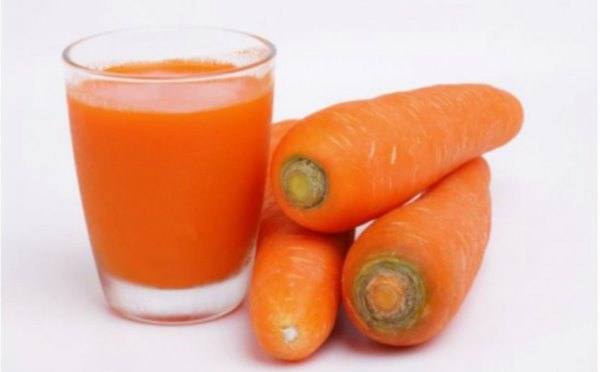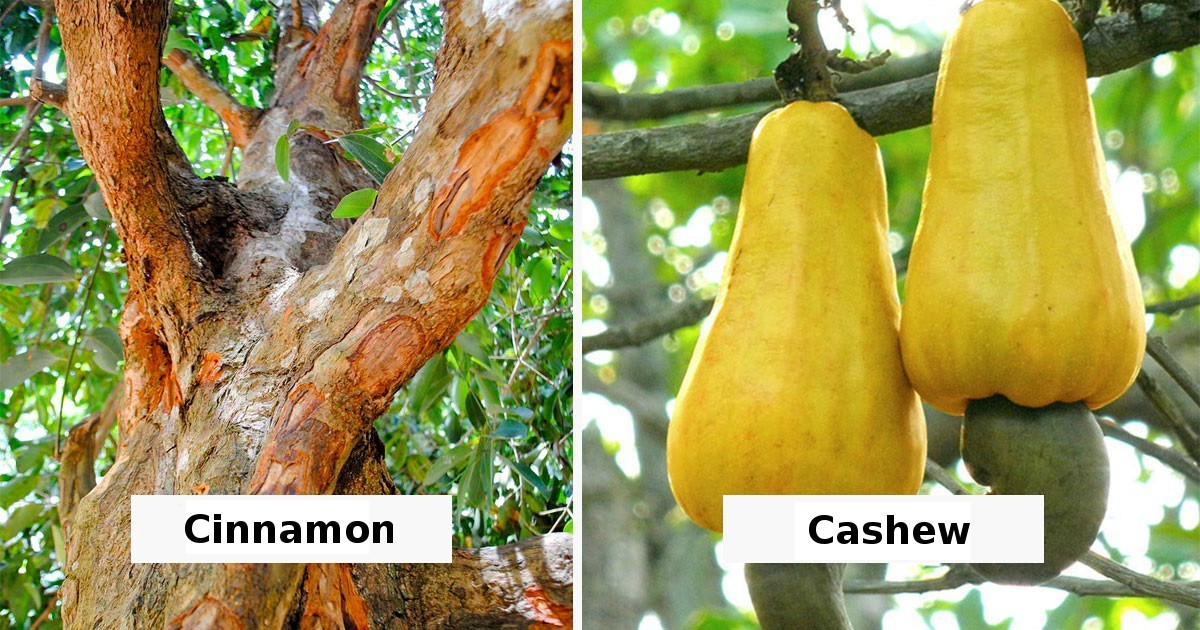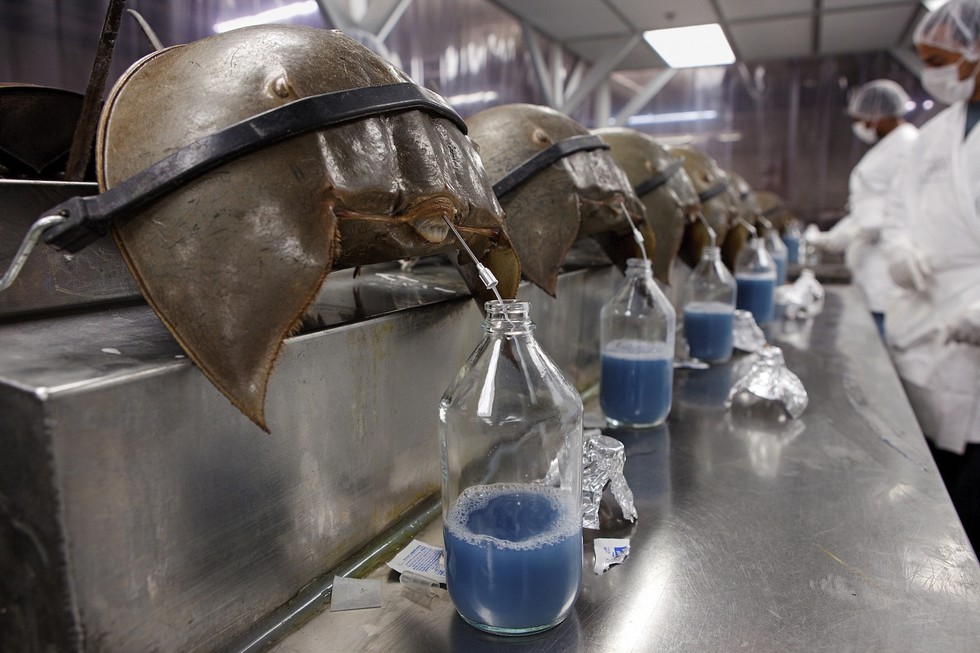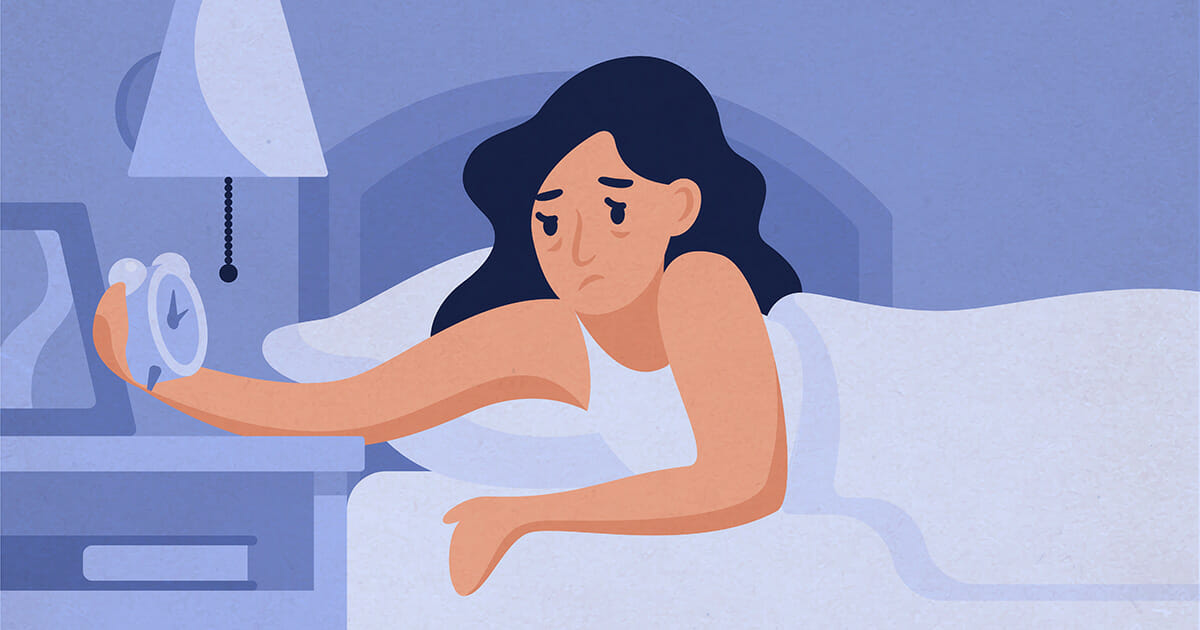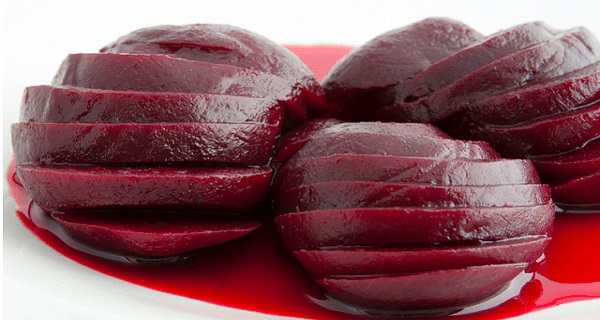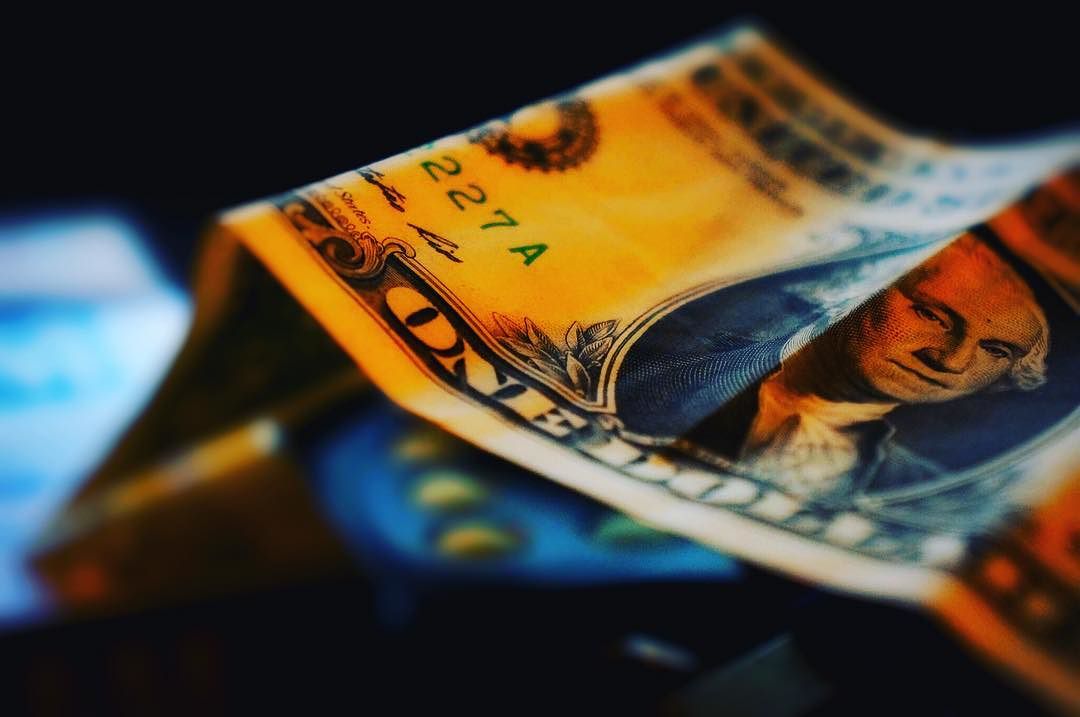This is the hidden and terrible truth behind the production of baby carrots
|
Baby carrots are a very popular food all over the world. Whether it's a stew, a salad, or just as a snack, in the last decades this little carrot has gained great popularity.
But have you ever wondered what these little carrots are made of?
The baby carrot appeared towards the end of the 80s, according to this website. They are made from ordinary carrots that are considered 'too ugly' to be sold in stores, second class if you will.
These miniature carrots get their perfect shape after they go through a long process in a machine where regular carrots are shaped into small, perfect carrots.
According to the Washington Post, 70% of carrot consumption in the United States is baby carrots.
"The vast majority of consumers have no idea what they are eating or how it is produced", said David Just, a Cornell University professor who has studied food consumer choices. "There are so many people who really believe that there are farmers who grow baby carrots that grow out of the ground perfectly and smoothly".
To kill bacteria and prevent disease from spreading, these root vegetables are soaked in chlorinated water. In addition, large amounts of plastic are used to package the carrots. These two facts make eating baby carrots a less healthy and less environmentally friendly alternative than eating regular carrots.
The production of the baby carrots does not waste carrots - but there is no doubt that the ideal solution would be if stores and consumers would accept the 'ugly' carrots.
So the next time you think of buying a baby carrot, think about the process it goes through before it reaches your grocery store in a beautiful package.




